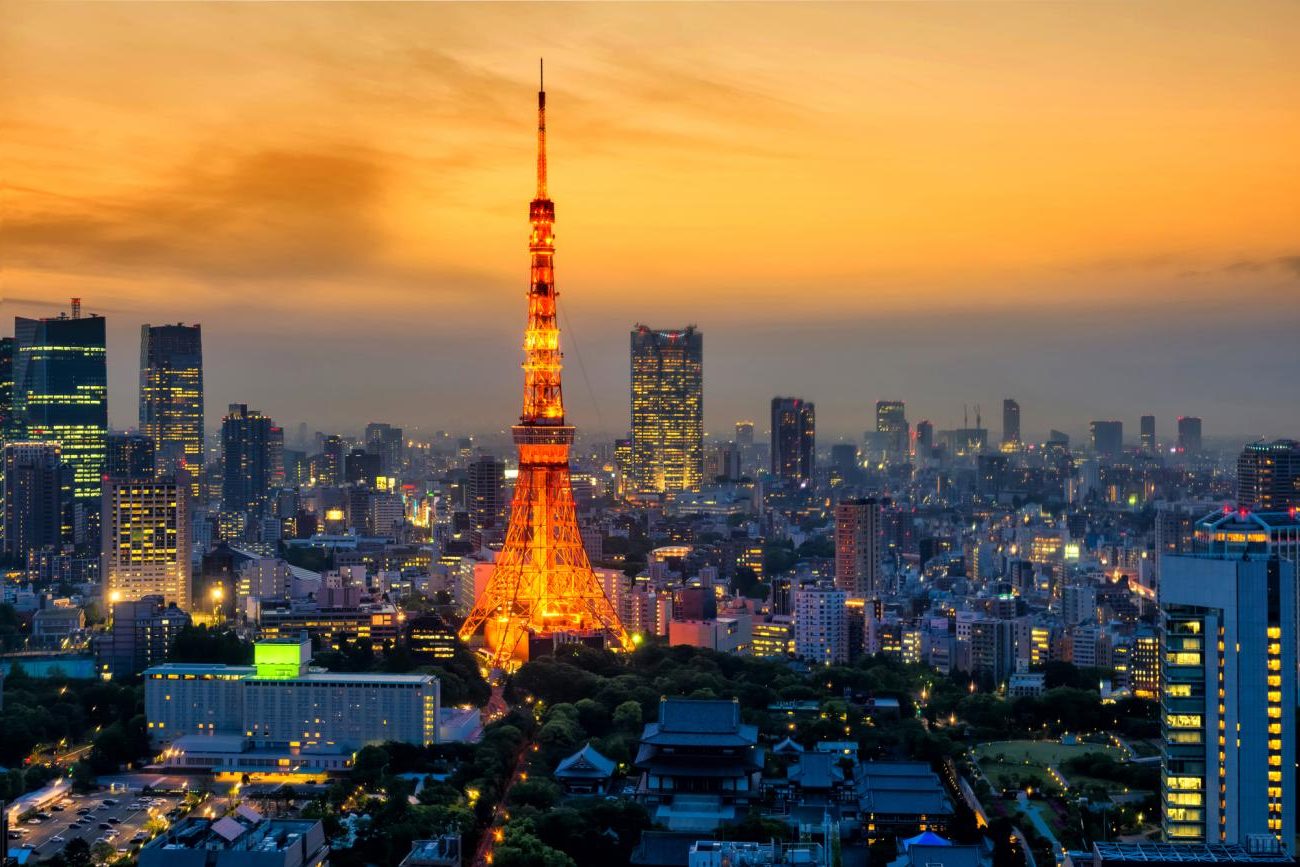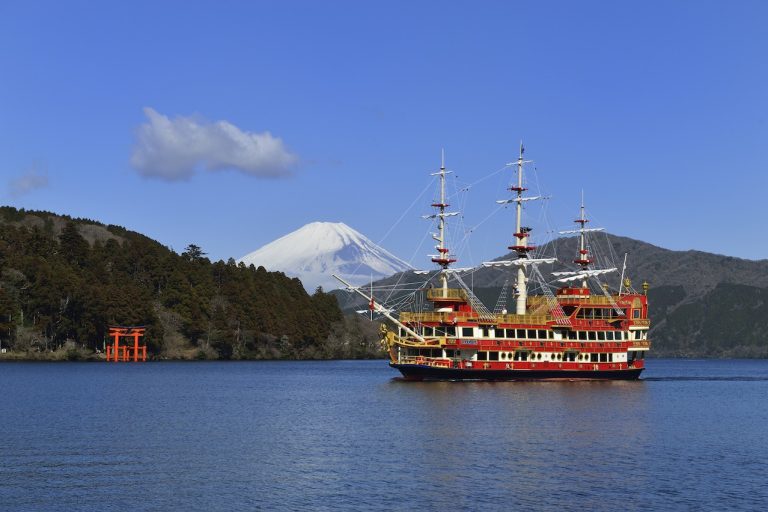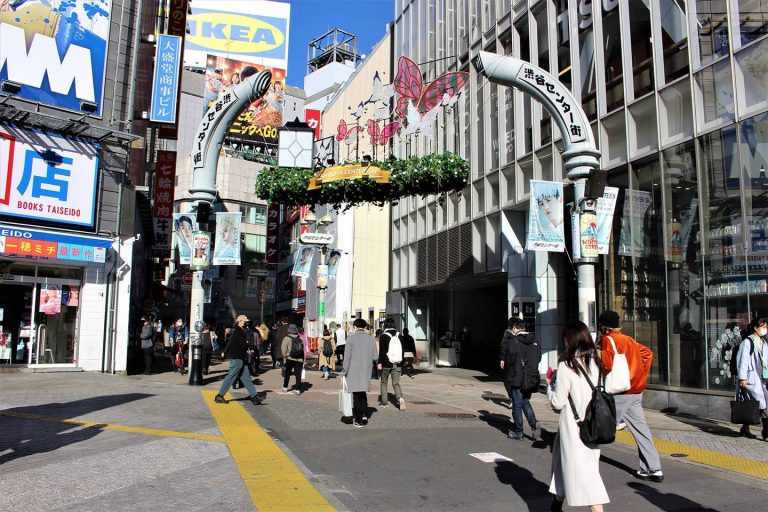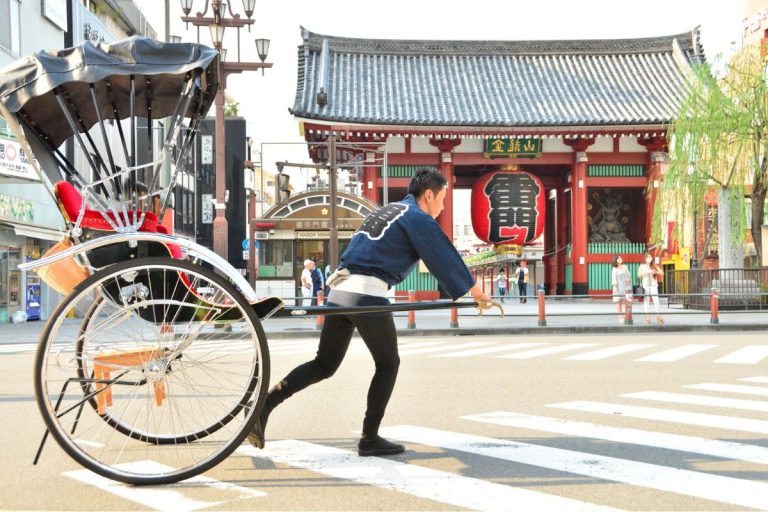Introduction to Shinjuku and Tokyo Tower
Shinjuku stands as one of Tokyo’s most vibrant districts, pulsing with energy from dawn until well past midnight. This bustling area serves as a major transportation hub and entertainment center, where towering skyscrapers create a dramatic urban landscape. The district seamlessly blends business, shopping, dining, and nightlife into one dynamic experience that captures the essence of modern Tokyo.
Tokyo Tower, the iconic red and white landmark inspired by the Eiffel Tower, has been watching over the city since 1958. Standing at 333 meters tall, this broadcasting tower offers breathtaking panoramic views and remains one of Tokyo’s most beloved symbols. The connection between Shinjuku and Tokyo Tower represents a journey through different facets of the city, from the ultra-modern entertainment districts to classic tourist attractions that have defined Tokyo’s skyline for decades.
Exploring the Tokyu Kabukicho Tower
The newest addition to Shinjuku’s impressive skyline commands attention with its striking presence and innovative design. This remarkable structure has transformed the entertainment landscape of one of Tokyo’s most famous districts, offering visitors an unprecedented blend of luxury, entertainment, and architectural excellence.
Overview of the Tokyu Kabukicho Tower
Completed in January 2023 and opened to the public in April 2023, this 48-storey marvel reaches 225 meters into the Tokyo sky. The tower holds the distinction of being Japan’s 19th tallest building, marking a significant milestone in the country’s architectural evolution. This mixed-use development focuses primarily on entertainment and recreation, creating a vertical city within the heart of Kabukicho.
Architectural Design by Yuko Nagayama & Associates
The building carries special historical significance as Japan’s first skyscraper designed by a woman. Yuko Nagayama & Associates created a water-inspired architectural theme that flows throughout the structure, reflecting movement and fluidity in its design elements. The facade incorporates innovative materials and lighting systems that change throughout the day, creating a dynamic visual experience for observers both inside and outside the building.
Height and Significance in Tokyo’s Skyline
At 225 meters, the tower contributes meaningfully to Tokyo’s ever-evolving skyline while maintaining harmony with surrounding structures. The building’s height allows for spectacular views across the metropolitan area, rivaling those found at other observation points throughout the city. Its position in Kabukicho makes it a natural focal point for the district’s transformation into a more sophisticated entertainment destination.
Entertainment and Recreation Features
The tower houses Japan’s largest night entertainment venue, Zero Tokyo, along with multiple movie theaters, art installations, and recreational facilities. Lower floors feature theaters, amusement centers, food halls, and wellness facilities that cater to diverse visitor preferences. The middle section contains a state-of-the-art cinema complex, while upper floors host luxury accommodations including Hotel Groove Shinjuku and Bellustar Tokyo.
Integration with Surrounding District
The development emphasizes seamless integration with Kabukicho’s existing character while elevating the area’s overall appeal. The tower’s design maintains skyline continuity with neighboring buildings, creating a cohesive urban environment. Street-level connections and pedestrian pathways link the tower naturally with surrounding businesses, restaurants, and entertainment venues.
Cultural and Entertainment Amenities
Beyond commercial spaces, the tower provides cultural programming and entertainment options that serve both tourists and local residents. Art installations throughout the building showcase contemporary Japanese and international artists. Regular cultural events, exhibitions, and performances create an ever-changing calendar of activities that keep the space vibrant and engaging year-round.
Tokyo Metropolitan Government Building
The imposing twin towers of the Tokyo Metropolitan Government Building offer one of the city’s best free attractions, providing visitors with spectacular views and convenient access to panoramic vistas of the sprawling metropolis below.
Description and Location
This impressive government complex features distinctive twin towers that reach 243 meters into the sky, making them easily recognizable landmarks in the Shinjuku skyline. The building serves as the headquarters for Tokyo’s metropolitan government while simultaneously functioning as a popular tourist destination. Its strategic location in Shinjuku places it at the heart of one of the world’s busiest urban centers.
Free Observation Decks and Views
The observation decks, located at 202 meters height, provide breathtaking panoramic views of Tokyo without any admission fee. Visitors can spot famous landmarks including Mount Fuji on clear days, Tokyo Skytree, and Tokyo Tower stretching across the horizon. The decks operate from 9:30 to 22:00 with seasonal variations, and evening visitors enjoy free projection mapping shows every 30 minutes that illuminate the surrounding cityscape.
Access and Security Measures
Reaching the observation decks requires either taking the subway to Tocho-mae Station or walking approximately 10 minutes from JR Shinjuku Station. Security measures include mandatory bag checks before accessing the elevators to the observation floors. The building maintains strict safety protocols while ensuring visitor comfort and convenience throughout the experience.
Nearby Accommodation Options
The area surrounding the government building offers diverse lodging options ranging from budget-friendly guesthouses to luxury hotels. Budget travelers can find comfortable stays at places like Mokkoan and No Borders Hostel, while those seeking premium accommodations can choose from luxury establishments such as The Okura Tokyo and ulu Tokyo. These hotels provide various amenities including free Wi-Fi, spa facilities, and concierge services.
Traveling from Shinjuku to Tokyo Tower
The journey between these two iconic Tokyo destinations offers multiple transportation options, each providing different perspectives of the city and varying travel experiences that suit different preferences and schedules.
Transportation Options
Multiple efficient routes connect Shinjuku to Tokyo Tower, with the most popular being the JR Yamanote Line to Kamiyacho Station followed by a short walk. Alternative routes include taking the subway to Onarimon Station or Akabanebashi Station, both offering convenient access to the tower. For those preferring surface transportation, several bus routes provide scenic journeys through different Tokyo neighborhoods, though travel times may vary depending on traffic conditions. The Haneda to Shinjuku Express Bus system demonstrates how well-connected Tokyo’s transportation network keeps major destinations accessible.
Estimated Travel Time
Direct train routes typically require 15-20 minutes of travel time plus walking distance to reach Tokyo Tower from Shinjuku Station. Subway options may take slightly longer but often provide more comfortable seating during peak hours. Bus transportation generally requires 30-45 minutes depending on traffic patterns and specific route selections, but offers the advantage of above-ground sightseeing opportunities along the way.
Points of Interest Along the Route
The journey passes through several notable Tokyo districts, each offering unique attractions and cultural experiences. Travelers might glimpse the Imperial Palace grounds, various traditional temples, and modern shopping districts depending on their chosen route. The route provides excellent opportunities to observe Tokyo’s architectural diversity, from historic structures to contemporary skyscrapers that define the city’s constantly evolving landscape.
Amenities Near Tokyo Tower
The area surrounding Tokyo Tower has developed into a comprehensive destination offering dining, shopping, and recreational opportunities that complement the main attraction and create a full day’s worth of activities for visitors.
Dining Options
Restaurants near Tokyo Tower range from traditional Japanese establishments serving authentic cuisine to international options catering to diverse tastes. The tower itself contains several dining venues with panoramic views, while surrounding streets offer everything from casual ramen shops to upscale dining experiences. Food courts and convenience stores provide quick meal options for visitors on tight schedules or budgets.
Shopping Facilities
Shopping opportunities abound in the Tokyo Tower vicinity, with souvenir shops, department stores, and specialty retailers offering everything from traditional Japanese crafts to modern electronics. The tower’s gift shops feature exclusive merchandise and commemorative items that make perfect mementos of the visit. Nearby shopping centers provide additional retail therapy options for those seeking broader selection.
Recreation Areas
Parks and green spaces near Tokyo Tower offer peaceful retreats from the urban intensity, providing places to rest and enjoy outdoor activities. These areas often feature seasonal flowers, walking paths, and scenic spots perfect for photography. Recreation facilities cater to various interests, from fitness centers to entertainment complexes that extend the visitor experience beyond the tower itself.
Events and Activities at Tokyo Tower
Tokyo Tower maintains an active calendar of special events, cultural programs, and visitor engagement activities that change throughout the year, ensuring that each visit offers something new and exciting to experience.
Seasonal Events
The tower celebrates major holidays and seasonal changes with special illumination displays, themed decorations, and limited-time exhibitions. Cherry blossom season brings special viewing events, while winter holidays feature elaborate light shows that transform the tower into a glowing beacon. Summer festivals and autumn celebrations provide culturally rich experiences that connect visitors with Japanese traditions and contemporary celebrations.
Cultural Programs
Regular cultural programming includes art exhibitions, musical performances, and educational workshops that showcase Japanese culture and international artistic exchange. These programs often feature collaborations with local artists, schools, and cultural organizations. Special exhibitions highlight different aspects of Japanese history, technology, and artistic achievement, providing educational value alongside entertainment.
Visitor Engagement Activities
Interactive experiences and hands-on activities keep visitors engaged throughout their tower visit. These might include virtual reality experiences, photography contests, and guided tours that provide deeper insights into the tower’s history and significance. Special programs for children and families ensure that visitors of all ages find appropriate activities and learning opportunities.
Safety and Security in the Area
Both Shinjuku and the Tokyo Tower area maintain high safety standards through comprehensive security measures, emergency preparedness, and visitor safety protocols that ensure comfortable and secure experiences for all guests.
Emergency Services
Well-established emergency response systems operate throughout both areas, with clearly marked emergency exits, first aid stations, and direct communication links to local emergency services. Staff members receive regular training in emergency procedures and can provide assistance in multiple languages. Emergency contact information and procedures are clearly posted in visible locations throughout both destinations.
Health and Safety Guidelines
Health and safety protocols address various concerns from basic first aid to more complex medical situations. Clean facilities, sanitization stations, and health monitoring systems help maintain hygienic environments. Safety barriers, warning signs, and protective equipment ensure visitor safety in observation areas and other potentially hazardous locations.
Visitor Safety Tips
Practical safety advice helps visitors navigate both areas confidently and securely. This includes recommendations for carrying identification, keeping valuables secure, staying aware of surroundings, and following posted guidelines and instructions. Weather-related safety considerations are particularly important for observation deck visits, where wind and temperature conditions can change rapidly at elevated heights.
Frequently Asked Questions
What is Shinjuku known for?
Shinjuku is known for its vibrant atmosphere, serving as a major transportation hub and entertainment center with a mix of business, shopping, dining, and nightlife.
How tall is the Tokyo Tower?
Tokyo Tower stands at 333 meters tall, making it one of Tokyo’s most recognizable landmarks.
What are the transportation options from Shinjuku to Tokyo Tower?
Visitors can take the JR Yamanote Line, subway routes to Kamiyacho, Onarimon, or Akabanebashi stations, or various bus routes to reach Tokyo Tower.
Are there any free attractions in Shinjuku?
Yes, the Tokyo Metropolitan Government Building offers free observation decks with stunning views of the city.
What kind of events are held at Tokyo Tower?
Tokyo Tower hosts seasonal events, cultural programs, and visitor engagement activities that change throughout the year.
Embrace the Vibrancy of Tokyo’s Iconic Destinations
Exploring Shinjuku and Tokyo Tower offers an enriching experience filled with cultural, architectural, and recreational opportunities. Whether you’re captivated by the dynamic nightlife of Shinjuku or the breathtaking views from Tokyo Tower, both destinations promise unforgettable adventures that showcase the essence of Tokyo.




